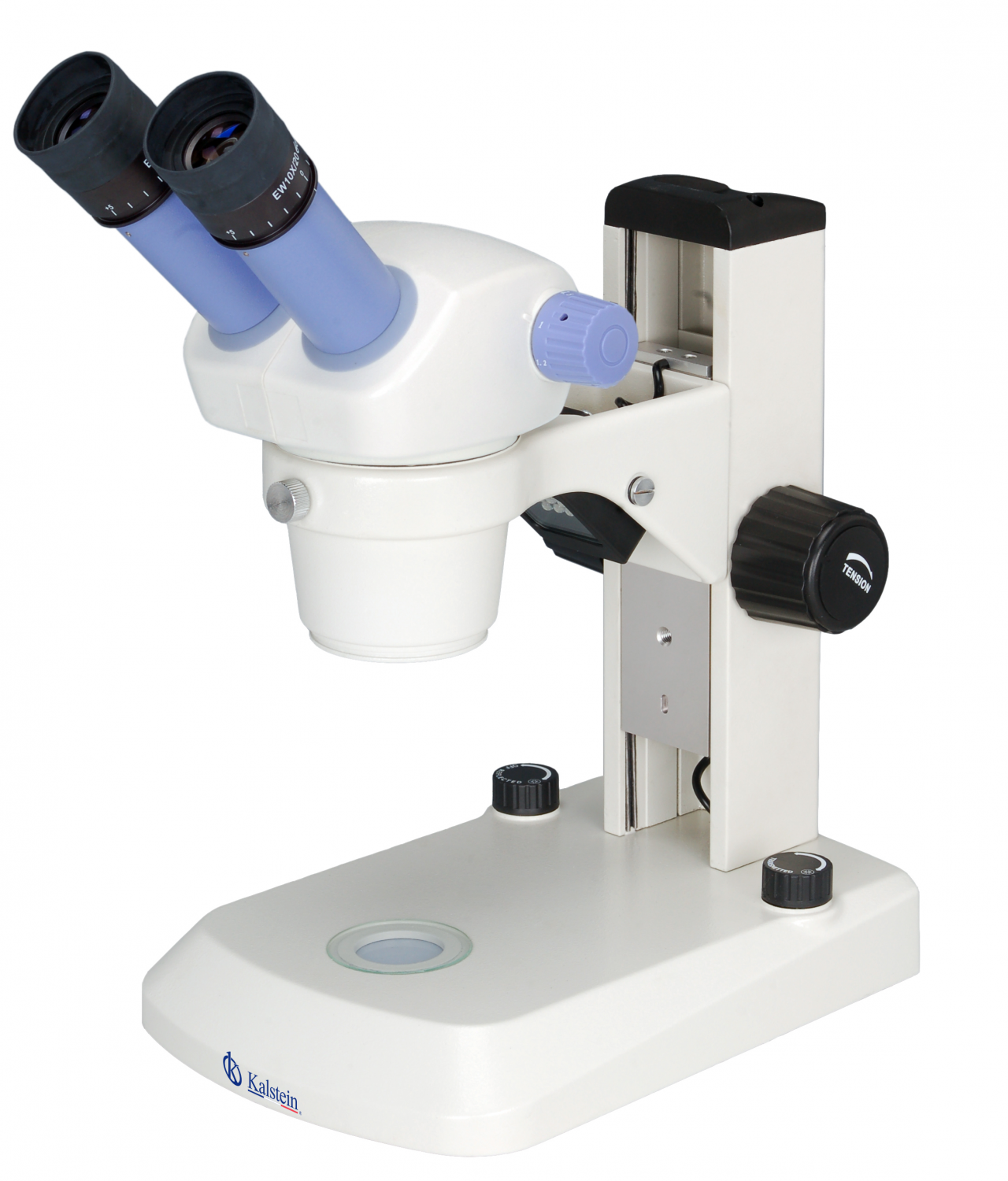An optical microscope is a useful tool for examining small objects. In this regard, many biology and science laboratories opt to purchase such equipment for some of their studies, as these precision instruments help researchers to make precise and detailed observations of microscopic samples. Optical microscopes are the main tool for studying small objects because of their ability to magnify the object and to provide a clear and sharp image.
Optical microscopes are especially useful for studying small objects because they allow an expanded view of microscopic samples; and their price will depend on the increase and quality of the images. These features enable researchers to examine details that are impossible to see with the naked eye. These increases produce an image in which researchers can see the subtlest details of the object, allowing them to make informative and relevant observations.
What are optical microscopes used for in laboratories?
Optical microscopes are also used to study small objects because they allow several microscopic samples to be seen at once. This helps researchers compare the structure of two objects at once. They also offer a greater uniqueness compared to other technological instruments, so they carry a more precise observation. This uniqueness allows users to observe objects not visible to the naked eye, which helps them discover and record relevant information from objects.
Optical microscopes also provide a clear and sharp image of small objects. This is because the light rays pass through these lenses in a way that does not skew the image of the object. This is important to get accurate results. In addition, the optical microscopes have additional illumination that allows a better visualization of the object. This illumination can work for different samples and stages of the study, making it easier to observe the object.
Optical microscopes also enable researchers to examine objects in situ. This allows them to see certain details without having to move the object. This helps researchers obtain accurate data by holding the object in a specific location. This capability is also useful for observing the behavior of an object in real-time situations. This gives researchers a more realistic picture of the objects studied.
Accessing objects at a micro scale with optical microscopes
The invention of optical microscopes was a breakthrough for biology and medicine. Thanks to this great invention, it was possible to observe human, plant and fungal cells, as well as bacteria. The observation of the bacteria allowed us to associate the action of these microorganisms with certain diseases, which undoubtedly allowed us to establish forms of care and treatments to cure the diseases.
With the development of science, electronics and materials technology, microscopes have evolved to study the microscopic world. Fluorescence imaging with polarized light is now possible, even stereoscopic images similar to three dimensions. They can also be digitized and processed to take full advantage of such images. In short, optical microscopes are the main tool for the study of small objects.
These specialized lenses provide researchers with a comprehensive, detailed view of microscopic specimens. They also offer a clear, distortion-free image, ease of observing objects without having to move them, and the ability to observe real-world behaviors. These features make an optical microscope an ideal tool for investigating microscopic samples.
What Kalstein offers in the field of optical microscopes
The quality of the images of microscopic objects obtained with the equipment of the manufacturer Kalstein is of the best, within the devices that are on sale in the market. There are many models, but in general they are characterized by using an infinite optical system, long-lasting radiation sources such as LED lights, and digital image processing software that optimizes the quality of the images. Other relevant details can be found on the websites HERE and HERE.

